Deck & Commander Strategies
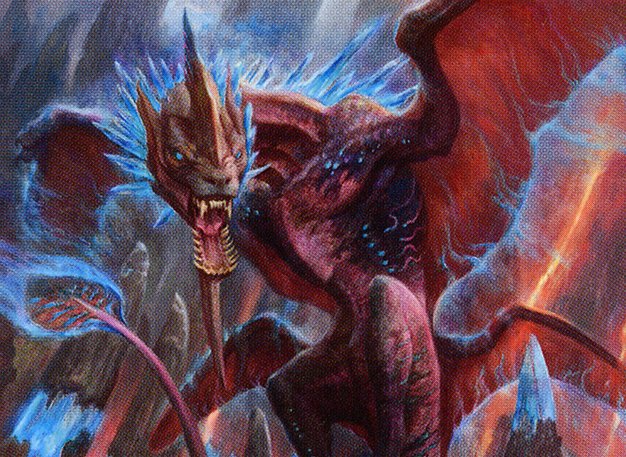
Vadrok, Apex of Thunder
A graveyard recursion and spells deck that uses mutate triggers to cast low-cost creature spells from the graveyard for free, enabling an aristocrats-style synergy and continuous value generation.
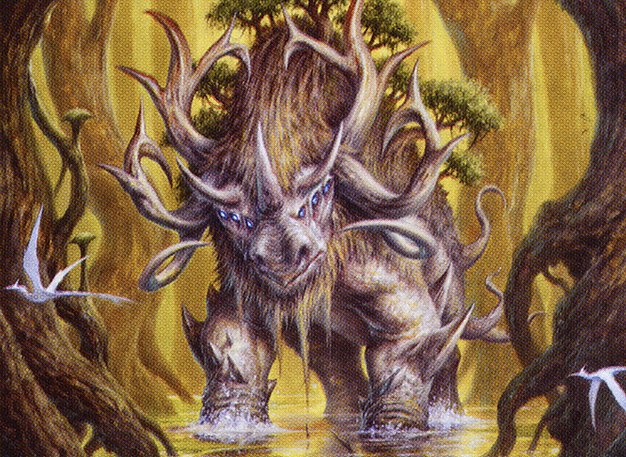
Brokkos, Apex of Forever
A mutate-centric deck that leverages Brokkos's ability to be cast from the graveyard and its high power to build a Boltron-style commander damage threat while avoiding commander tax.
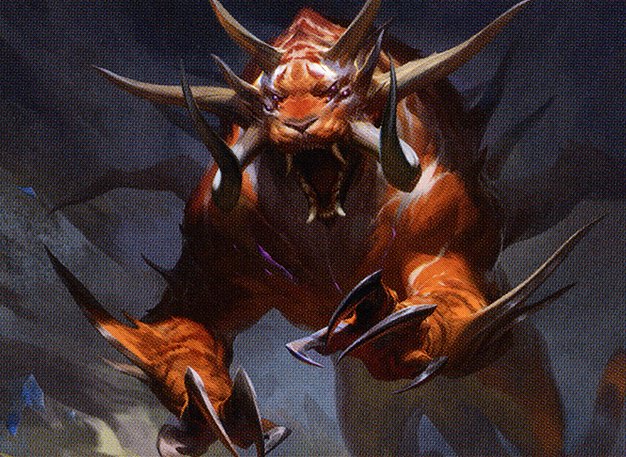
Snapdax, Apex of the Hunt
An aggressive Mardu mutate deck focusing on dealing direct damage and gaining life through Snapdax's mutate triggers, capitalizing on double strike and combat damage to apply pressure.
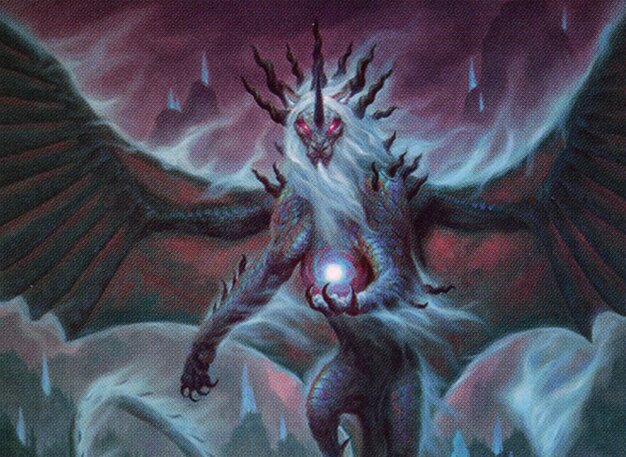
Illuna, Apex of Wishes (Ghidorah)
A controlling RUG companion-focused mutate deck that prioritizes permanents and a slow, value-based approach, avoiding early interaction and relying on powerful late-game board states.
Gameplay Insights
- 1
Using mutate triggers to cast three-mana clone spells and other utility spells from the graveyard maximized Vadrok's value and flexibility.
- 2
Mirror Box was strategically used to enhance both legendary and non-token creatures, boosting multiple creatures with the same name for greater board presence.
- 3
Early mana ramp with fetch lands and dual lands enabled timely casting of mutate creatures and key spells, setting the stage for mid-game pressure.
- 4
Snapdax's double strike and damage dealing on mutate applied consistent pressure while also gaining life, creating a resilient aggressive strategy.
- 5
Brokkos's ability to cast from the graveyard and avoid commander tax allowed for sustained commander presence and potential Boltron-style damage output.
- 6
The Ghidorah player chose a slower, more permanent-based strategy with minimal early interaction, which contrasted with the more aggressive mutate strategies of the other players.
Notable Cards
-
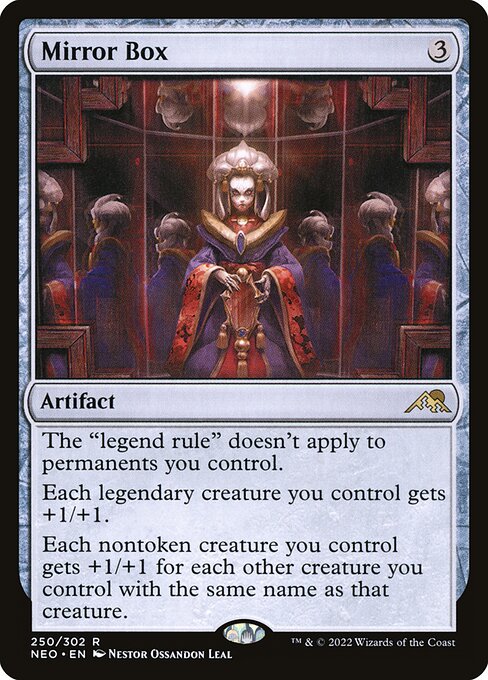
Mirror Box
-

Incubation Druid
-

Golgari Rot Farm
-

Sakura-Tribe Elder
-

Gamble
Gameplay Summary
The game began with all players utilizing commanders from the Ikoria set centered around the mutate mechanic, resulting in a highly interactive and synergistic environment.
Early turns saw players ramping mana with fetch lands, duals, and utility lands, setting up for mid-game mutate plays.
Vadrok's player focused on casting low-cost creatures from the graveyard triggered by mutate, leveraging Vadrok's ability to generate value and recursion.
Brokkos' deck featured a graveyard recursion theme and potential Bolas-style commander damage with a six-power commander that can be cast from the graveyard, avoiding commander tax.
Snapdax utilized a Mardu (red-white-black) mutate deck that capitalized on double strike and damage triggers when mutating, aiming for aggressive beatdown and incremental life gain.
The Ghidorah deck took a more controlling approach, playing a companion-focused RUG (red, blue, green) build with a slower, more permanent-based board presence and minimal early interaction.
Key moments included the casting of Mirror Box to boost multiple legendary creatures, and players carefully sequencing their mutate triggers to maximize value, including casting low-cost spells from the graveyard with Vadrok's mutation trigger.
The game was poised around incremental board development and value generation through mutate triggers, with each player attempting to out-tempo and out-value the others through different mutate synergies and recursion.
The win conditions varied from Boltron-style commander damage to aggressive combat damage with double strike and control via efficient removal on mutates.




















![Xyris vs Grimgrin vs Mogis vs Illuna [EDH Gameplay] 2020 thumbnail](https://i.ytimg.com/vi/pHo2vOPZ0vg/sddefault.jpg)



























